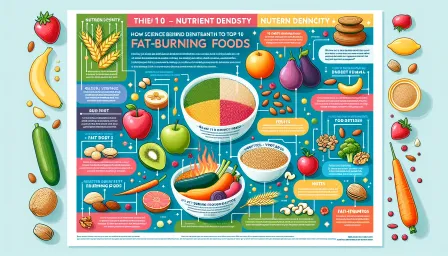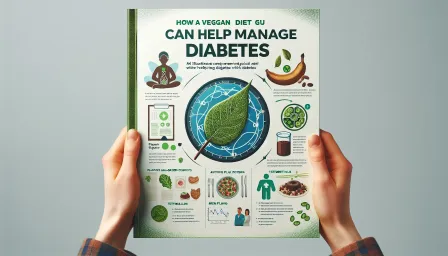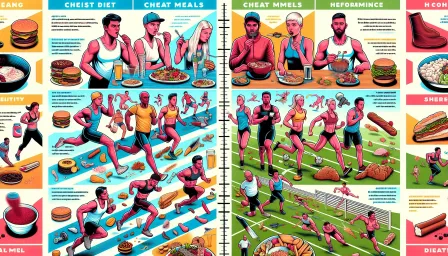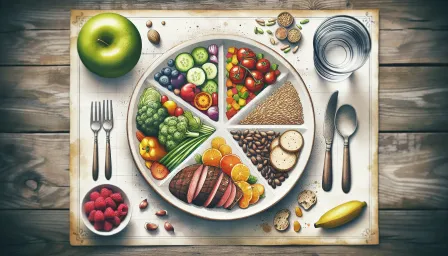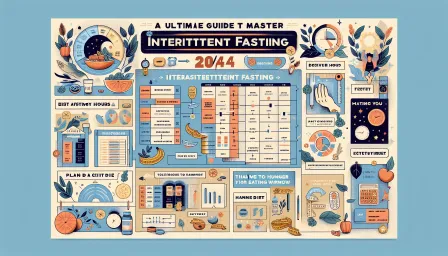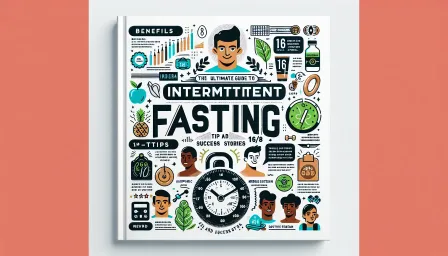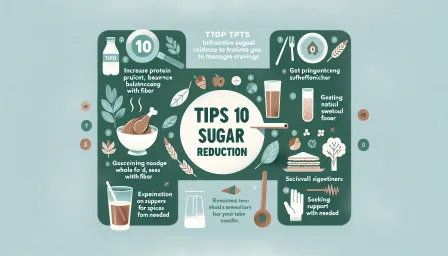Ultimate Portion Control Guide for Beginners: Start Your Healthy Eating Journey
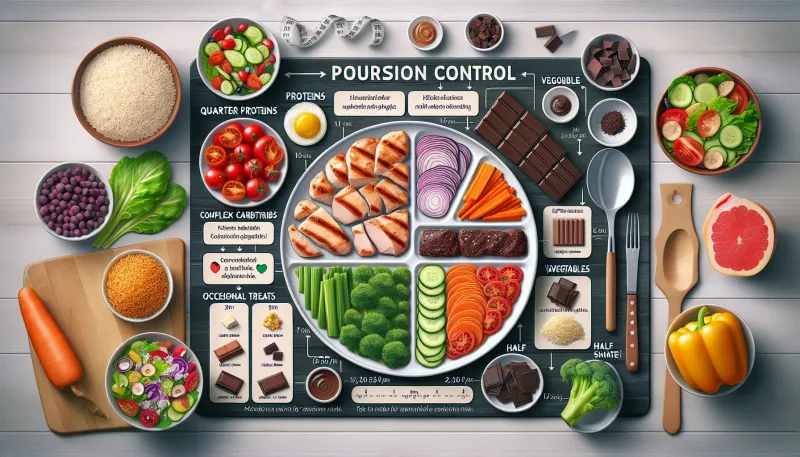
Discover the Ultimate Portion Control Guide for Beginners. Learn how to start your healthy eating journey with practical tips and expert advice.
Introduction
Embarking on a healthy eating journey can be daunting, especially when it comes to understanding how much food you should be consuming. This portion control guide for beginners aims to demystify the concept of portion control, providing you with practical tips and strategies to help manage your portions effectively. By following this guide, you can start developing healthier eating habits that will benefit your overall well-being.
Why Portion Control Matters
Portion control is crucial for maintaining a balanced diet and achieving your health goals. Overeating, even healthy foods, can lead to weight gain and other health issues. Understanding the right portion sizes ensures you are consuming the appropriate amount of nutrients without overindulging.
Understanding Serving Sizes vs. Portion Sizes
Serving Size
Serving size is a standardized amount of food, often found on nutrition labels, indicating the quantity of food that contains specific nutrient values. It helps consumers understand the nutritional content of the food per serving and is essential for comparing similar products.
Portion Size
Portion size is the amount of food you choose to eat, which can be more or less than the serving size. Learning to control portion sizes is about listening to your body's hunger signals and being mindful of the quantity of food you consume at each meal.
Practical Tips for Controlling Portions
Use Smaller Plates and Bowls
Studies have shown that using smaller plates and bowls can trick your brain into feeling satisfied with less food. The perception of a full plate can help reduce the likelihood of overeating.
Measure and Weigh Your Food
Until you become familiar with appropriate portion sizes, use measuring cups, spoons, or a food scale to ensure you are consuming the right amounts. This practice can be particularly helpful when you are first starting your portion control journey.
Read Nutrition Labels
Nutritional labels provide valuable information about serving sizes and the nutritional content per serving. Pay attention to these details to make informed decisions about how much to eat.
Mindful Eating Strategies
Mindful eating involves paying full attention to the experience of eating and drinking. Eat slowly, savor each bite, and listen to your body's hunger and fullness signals to avoid overeating.
Using Visual Cues for Portion Control
Hand Guide
Your hands can serve as a handy guide for portion sizes. For example, a serving of protein is roughly the size of your palm, a serving of vegetables fits within two cupped hands, and a serving of carbs is about the size of your fist.
Plate Method
The plate method involves dividing your plate into sections to ensure a balanced meal. Fill half of your plate with vegetables, one-quarter with lean proteins, and the remaining quarter with whole grains or starchy vegetables.
Portion Control for Different Food Groups
Proteins
Lean proteins such as chicken, fish, beans, and legumes should constitute about the size of your palm for each meal. This roughly equates to 3-4 ounces for meat or a cup of cooked beans.
Carbohydrates
Healthy carbohydrates like whole grains, fruits, and vegetables should take up roughly one-quarter of your plate, or about the size of your fist.
Fats
Healthy fats, including avocados, nuts, and olive oil, should be consumed in moderation. A serving of fats is roughly the size of your thumb or a tablespoon.
Fruits and Vegetables
Fruits and vegetables are vital for a balanced diet, and aiming for half of your plate to be filled with these nutrient-dense foods helps ensure adequate fiber and vitamin intake.
Overcoming Common Portion Control Challenges
Eating Out
When eating out, restaurant portions can be considerably larger than recommended. Consider sharing a dish, ordering a half-portion, or asking for a to-go box at the start of the meal to control your intake.
Emotional Eating
Stress, boredom, or emotional distress can lead to overeating. Develop strategies such as engaging in physical activity, practicing mindfulness, or talking to a therapist to address emotional eating habits.
Snacking
Snacking can derail portion control efforts if not managed properly. Opt for healthy snacks such as fruits, nuts, or yogurt, and pre-portion them to avoid overeating.
Conclusion
Starting your healthy eating journey with effective portion control is a fundamental step towards achieving your nutrition goals. By understanding the difference between serving and portion sizes, applying practical tips, and using visual cues, you can develop healthier eating habits. Remember, consistency is key, and mindful eating practices can significantly enhance your portion control efforts. Embrace this journey with patience and determination, knowing that each step you take towards portion control is a step towards a healthier you.




